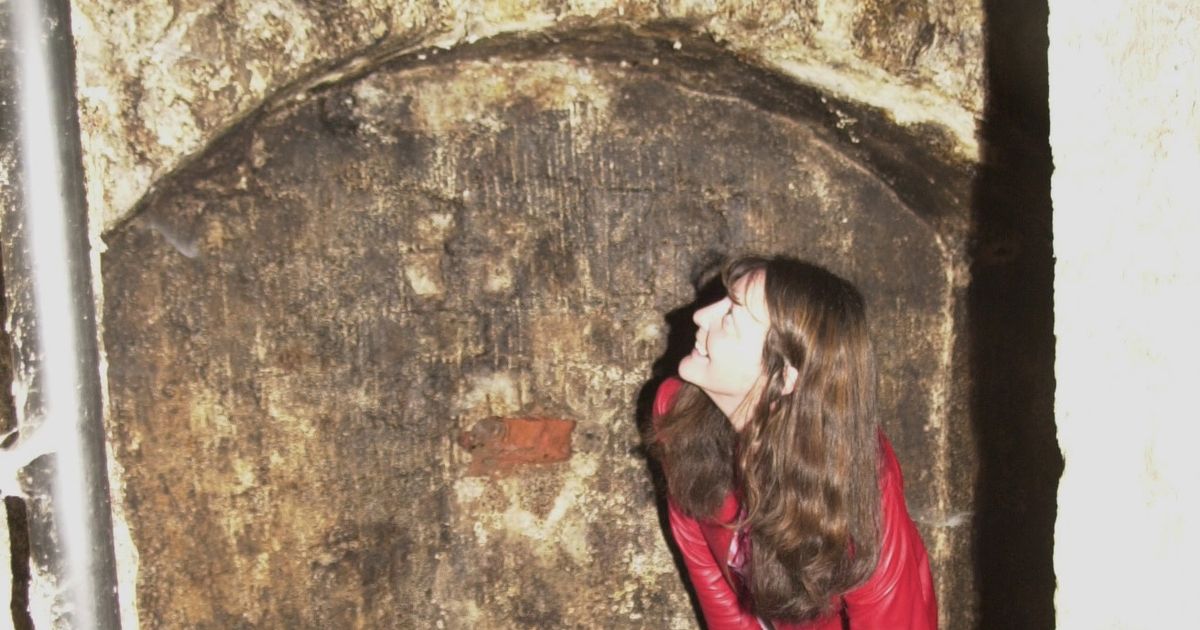Performers are said to have used the tunnel as a “VIP backstage entrance”
14:54, 14 Jul 2025Updated 20:09, 14 Jul 2025
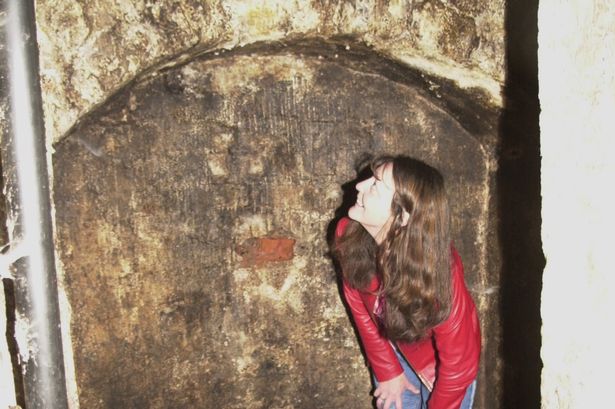 Christine Pope, licensee of the Olympia pub, West Derby Road, looks at the secret tunnel which connected the pub to the Liverpool Olympia Theatre, circa 2001(Image: Submitted/Reach Content Search)
Christine Pope, licensee of the Olympia pub, West Derby Road, looks at the secret tunnel which connected the pub to the Liverpool Olympia Theatre, circa 2001(Image: Submitted/Reach Content Search)
A secret tunnel connecting a Liverpool pub to a historic city landmark was once used by stars and performers who wanted to get a “swift drink”. Since opening in 1905, thousands have come to know the famous Grade II* Liverpool Olympia on West Derby Road.
Designed by renowned theatre architect Frank Matcham, the building has lived many lives and this year is celebrating its 120th birthday. Today the venue is known for hosting everything from live music gigs to boxing and MMA fights, but previously the site was a theatre, a circus, a cinema and a bingo hall.
From Harry Houdini to The Beatles, so many famous names have performed there over the last century and the building has welcomed thousands of visitors. Many will also remember popping into the Olympia pub across the road for a drink before or after an event.
READ MORE: Box of old photos found in cupboard tells story of 150 year old Liverpool traditionREAD MORE: Incredible transformation of Liverpool landmark once left to rot
And while the sites share a similar name, there have long been rumours about a further connection between the two. For years it was an intriguing talking point for regulars at the Olympia pub as a tunnel is said to have linked the pub, formerly a hotel, to the historic Liverpool Olympia Theatre.
Our archive recently rediscovered a photo from 2001 showing Christine Pope, licensee of the Olympia pub, looking at the secret tunnel which connected the buildings. It had long been bricked up and little was known about why it was built.
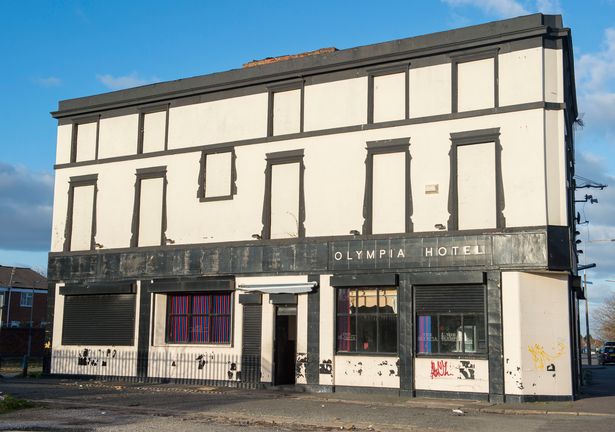 Olympia Hotel pub on West Derby Road, Liverpool, 2018(Image: Liverpool ECHO)
Olympia Hotel pub on West Derby Road, Liverpool, 2018(Image: Liverpool ECHO)
At the time, Chris Zorba, said that stars stopping at the hotel across West Derby Road would use the tunnel to enter the theatre without being mobbed by fans. Chris later became owner of the Liverpool Olympia after his dad, the late Panayiotis Zorba, took it over from Mecca Leisure over 30 years ago.
The family also bought the famous Grafton on the same road in the 1990s. In June 2001, Chris said he was amazed when old visitors told him about the tunnel.
He previously told the ECHO: “I am told all the performers used to come up the tunnel – a sort of VIP backstage entrance. Below the old stage was a concrete pit where all the horses, elephants, lions and tigers of the circuses were kept and it is said there is still a lions’ cage left inside the tunnel from when it was bricked off.
READ MORE: Classic ice creams and lolly ices you loved as a kid in LiverpoolREAD MORE: City centre landmark was ‘destined to be lost forever’
“I have seen where it is bricked up on our side in the basement and it leads all the way to the dressing rooms but I don’t know when it was bricked up. The venue has been closed since 1990 and we did it up and opened it last year, and we are now using it to hold pop concerts, boxing, wrestling, circuses and conferences.”
The Olympia pub has been closed for some time, but the Liverpool Olympia is now celebrating 120 years and much of its history and original features have been retained. Earlier this year, the ECHO were given a rare, supervised tour of the site, capturing incredible photos and footage of how the site’s historic elephant pit looks over a century after it was created.
Venue manager Andy Hudston has worked on site for around 20 years and before renovation work began, he said staff would only visit the pit to pump out any water. The team are currently working to make the space more safe and accessible for people to visit and see it for themselves.
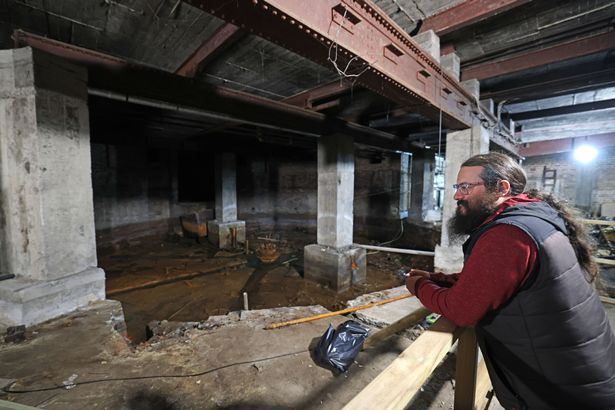 Liverpool Olympia theatre and the elephant pit underneath the stage. Pictured, Andy Hudston(Image: Photo by Colin Lane)
Liverpool Olympia theatre and the elephant pit underneath the stage. Pictured, Andy Hudston(Image: Photo by Colin Lane)
Andy, originally from Aigburth, told the ECHO: “When it was originally a circus, this is where elephants were possibly kept – but they used to rise up from the floor on a sort of mechanical structure which lifted them up into the performance for the audience who were watching above.
“You can still see just about in the centre the old cog and mechanism. We think it was probably water hand pumped to the top of the building and released and then the pressure of that water dropping from such a height was what was used to bring this mechanism up out of the floor.
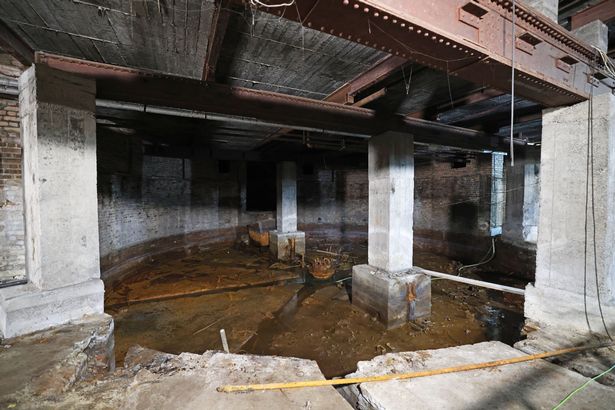 The elephant pit underneath the stage(Image: Photo by Colin Lane)
The elephant pit underneath the stage(Image: Photo by Colin Lane)
“We’ve heard rumours from different people that there were a couple of tunnels. They could have kept the animals there or the circus folks could have lived in the tents there.
“There was also another tunnel which allegedly went to the pub over the road for performers and artists who used to use it to have a swift drink during the interval.”
